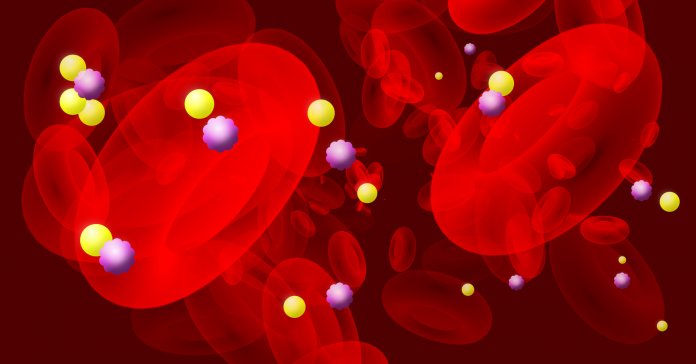In the kitchen, this type reaction goes by several names of which “browning” and “caramelization” are the most common. In chemistry, it’s known as a Maillard reaction, and in medicine…we use the term “glycosylation.” No matter what you call it or where it occurs…this reaction is one in which sugar molecules link to proteins and stick together for life. In the kitchen, this is what produces the sticky, tasty, sweet, and delicious flavors that we all love so much. But when this reaction happens inside your body…you’re in trouble.
Diabetes is a disease in which the blood sugar (glucose) is too high. When blood sugar is elevated, that glucose will stick to proteins within the body and “caramelize” them…just like it works in the kitchen. There are several tissues in the body that are particularly vulnerable to this effect including, the retina of the eye, the tiny blood vessels in the heart and lower legs and feet, the nerves (especially in the legs and feet), and the kidneys.
If you’ve ever known anyone who has suffered from uncontrolled diabetes, you’ll recognize these areas as the most common places where diabetics have trouble. Blindness, heart disease, wounds on the legs and feet, neuropathy, and kidney failure. All of the problems in these areas are directly caused by high blood sugar leading to “caramelization” of tissue in the body…which we like to call “glycosylation.”
Now, we doctors like to know how badly our diabetic patients are caramelized. In order to figure that out, I suppose we could take out a chunk of flesh from a diabetic and use sophisticated lab equipment to check how caramelized it is…but that would be barbaric, and it turns out that there is a much easier way.
There is a protein in the blood called hemoglobin (it’s used to carry oxygen) and it should come as no surprise that it gets caramelized just like any other protein would. And since it’s easy to get with a simple blood draw, we can look at “glycosylated hemoglobin” levels, which we also call Hemoglobin A1c to see how bad the damage is. And since, red blood cells exist in circulation for about three months…this test gives us a window into how well (or badly) a patient has been doing in the last few months.


